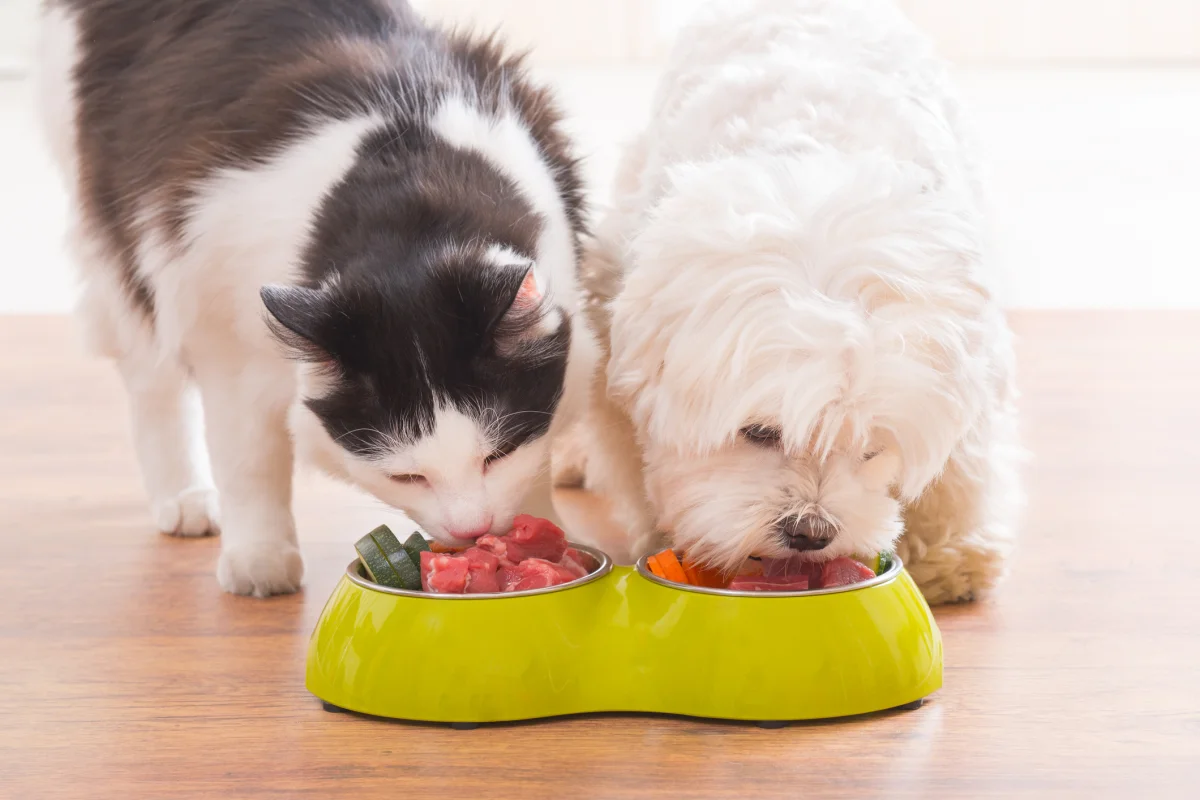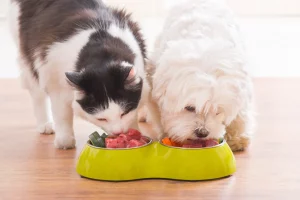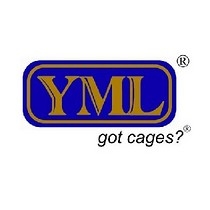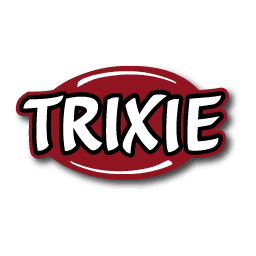Become a Personal Chef for Your Pet


Many dogs and cats are now eating homemade food after decades on dry dog food and the odd sneaky bites of “human food.” Owners are going above and beyond to provide a more balanced diet for their dogs than most store-bought meals can supply, and they’re even cooking for them on a regular basis! Our furry and fluffy children, like our human children, are entitled to a warm, home-cooked dinner.
The Origins of Pet Food
Because dogs and cats were once wild creatures, their diet consisted of anything they could hunt. As a result, their meals consisted primarily of raw meat. However, when dogs – and, subsequently, cats – became more domesticated, their diet selections grew to include less gory, more tasty dishes!
Kennel managers in the Middle Ages fed dogs in rich families a substantial stew made from vegetables, grains, and meat leftovers. During this time, cats were supposed to hunt and consume mice and other tiny animals. Poorer families fed their dogs whatever they had on hand, such as table leftovers and bones. For my tastes, this dinner seems a touch too crunchy!
Large-scale pet food businesses began to emerge as dogs and cats became more like pampered members of the family. Of course, the emphasis remained primarily on meat products and the rising use of cereals. Kibble was invented in the early 1900s, and the industry quickly grew to include different products for dog owners of all income levels. Canned dog food was launched in the 1920s, but the business shifted back to largely dry food during World War II and its lean years.
There are hundreds of commercial dog and cat food items available today. They range from simple alternatives found on supermarket shelves to more upscale options found in veterinarian’s offices or pet boutiques. Owners are becoming more concerned about their dogs’ health and prolonging their lives via proper feeding. This is how the pet-cooking fad got started! Hopefully, these folks are in good health, because if they aren’t, this will be a classic case of “Do as I say, not as I do.”
Cat Food Preparation
Cooking for cats at home differs greatly from cooking for dogs. There is some disagreement about whether cats should consume prepared or raw meals. However, the overall purpose is to give felines with minimally processed food. Whether you feed your cat raw or prepared food, you must give a range of components and a well-balanced diet in order for him to be healthy and happy. That is something we all like!
Of course, some trial and error will be required. Because cats are notoriously picky eaters, a homemade diet will need to be tweaked until you discover exactly the perfect ingredients that your cat will eat and love! Even if you’re feeding your cat home-cooked meals, you may still give it Special Treats to help round out its diet or combat concerns like hairballs or odor. But who doesn’t like a tasty treat?
Dog Food Preparation
When it comes to feeding dogs home-cooked dishes, there are several schools of thought, each with its own set of devotees. Many owners choose a grain-free diet for their dogs, while others swear by a combination of meat, grains, and dairy items in their bowls. Even the most costly and gourmet foods, such as calcium, zinc, and copper, might be deficient in some vitamins and elements. That’s why, if you want to go the DIY route, a well-rounded strategy necessitates research and effort on your side!
Also keep in mind that there are numerous things that are good for humans but not for dogs. Although most people are aware of the risks of chocolate, dogs are also prohibited from eating grapes, raisins, onions (or onion powder), garlic, avocados, and macadamia nuts, among other foods. If your dog gets a hold of artificial sweeteners like xylitol, it may be fatal.
When dog owners create a meal for their pets at home, they usually combine proteins like eggs, animal meats, or shellfish with carbs like vegetables and grains. Essential fatty acids and calcium, both of which may be obtained from a variety of sources, are also important components. You’ll have to experiment, just like with cats, to figure out which foods your pet will eat and which they’ll leave in their dish untouched.
Homemade diets are very beneficial for dogs with certain health issues. You might be able to obtain some advise on possibilities from your veterinarian, or you might be able to discover a cookbook that is specifically created to fulfill those unique requirements. OR, if you’re feeling brave, you might create your own dog cookbook with these specific guidelines to assist others!
Additional Resources
It’s a personal choice which food ingredients to create for your pet. Some pet owners try to avoid grains at all costs, while others completely exclude dairy products from their pet’s diet. There is a wealth of information and guidance available online, as well as hundreds of cookbook publications that claim to change your approach to providing nutritious meals to your pet!
If you have any questions, your family veterinarian is the best person to ask. They can steer you in the correct path and show you how to use nutrition to treat specific health issues. If your pet is older and has failing joints, your veterinarian may recommend diets containing supplements like fish oil or glucosamine. Providing your dogs with tasty and appealing homemade food is also a terrific method to encourage them to take drugs that they would otherwise avoid if they were simply put to dry food.
Any time you change your pet’s food or diet, remember to do so gradually rather than all at once. Over time, gradually increase the ratio of new to old food until your pet is solely eating the new offers. It takes time to learn about home-cooked pet food, but you may discover that your pet is happier and healthier as a consequence of your extra work and care!!




















